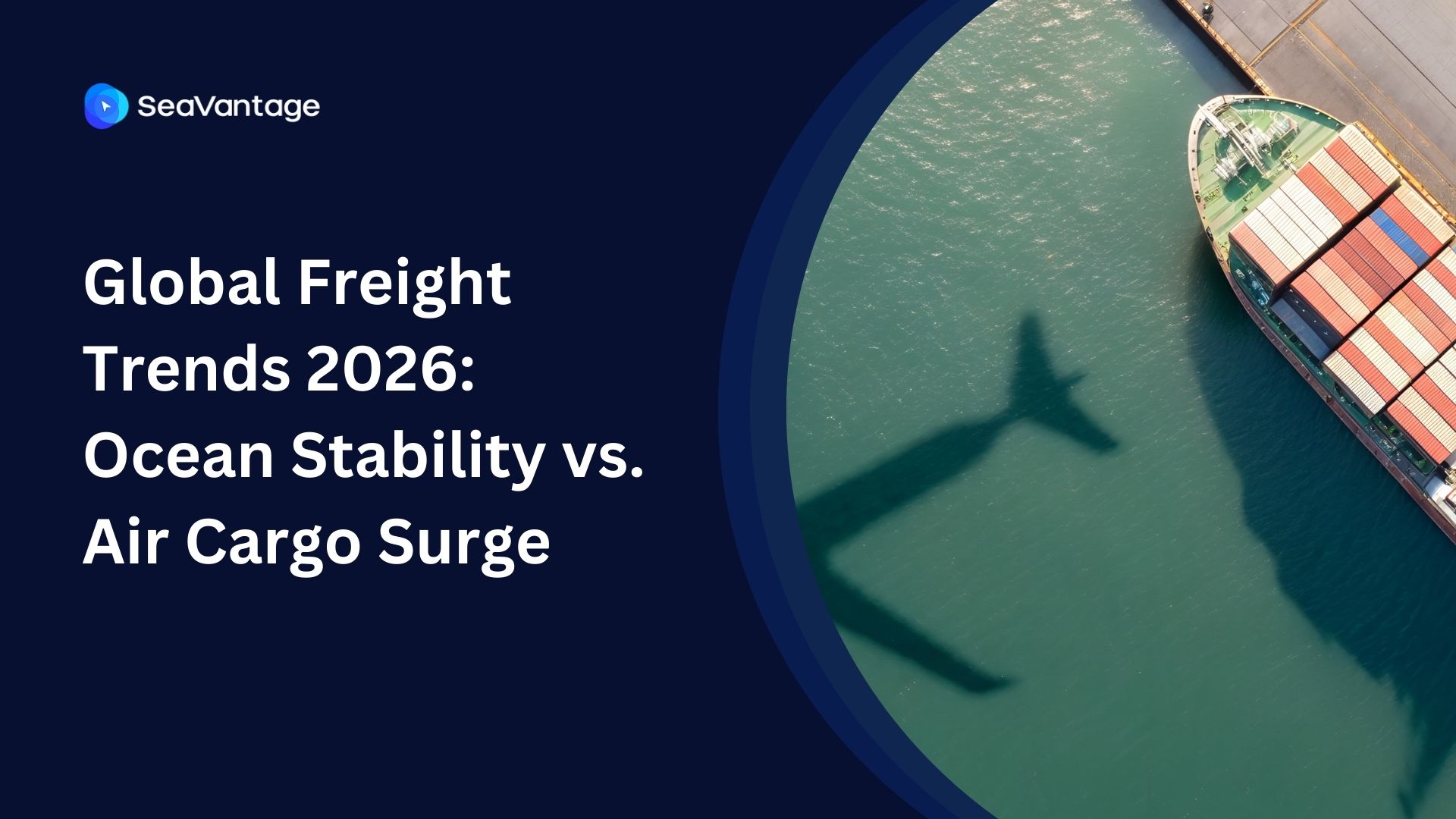Ocean Shipping: How container ports and terminals work
Introduction to Ocean Shipping
Ocean shipping is integral to global trade, enabling the movement of goods across vast distances efficiently and cost-effectively. The key facilitators in this system are container ports and terminals, which manage the flow of goods between sea transport and land-based transport methods like trucks and trains.
The Role of Container Ports
Container ports act as pivotal exchange points in the supply chain. They not only facilitate the transfer of cargo but also influence trade flows and economic stability in their regions. For instance, the Port of Los Angeles, one of the busiest in the United States, handles cargo worth millions of dollars every year and significantly impacts the national economy.
Infrastructure of Container Ports
Modern container ports are equipped with deepwater docks, extensive container storage yards, and advanced intermodal connections that facilitate the transfer of containers to rail or road vehicles. The Port of Singapore, renowned for its efficiency, features automated quay cranes and an extensive use of technology, setting a benchmark in port infrastructure.
Operations at Container Terminals
The primary operation at container terminals is the systematic loading and unloading of containers. This process is meticulously planned to minimize the time ships spend docked. For example, Hong Kong's Kwai Tsing Container Terminals employ a highly coordinated scheduling system to handle the immense volume of containers efficiently.
Container Handling Equipment
Equipment like ship-to-shore (STS) cranes, straddle carriers, and automated stacking cranes are central to port operations. The Port of Rotterdam uses some of the tallest STS cranes in the world, capable of unloading the largest container ships afloat. This equipment is critical in maintaining the fast pace required to keep global trade moving.
Logistics and Management
Efficient logistics are crucial for the smooth operation of container terminals. The Jebel Ali Port in Dubai, one of the largest in the world, uses a state-of-the-art Terminal Operating System (TOS) that integrates real-time data for tracking containers and managing resources, significantly enhancing operational efficiency.
Safety and Security Measures
Ports enforce strict safety protocols to protect workers and infrastructure. For example, the implementation of automated equipment at the Port of Rotterdam has not only increased efficiency but also significantly reduced the risk of accidents. Security measures, such as CCTV surveillance and restricted access zones, are essential to combat threats like cargo theft and terrorism.
Environmental Impact and Sustainability Efforts
Environmental sustainability is increasingly crucial for ports. The Port of Los Angeles, for example, has initiated the Clean Air Action Plan, aiming to reduce emissions by replacing diesel trucks and equipment with electric and hybrid versions. Such efforts are vital for reducing the environmental footprint of these major logistic hubs.
The Future of Container Ports
The future of container ports looks toward accommodating larger ships and increasing automation. For instance, the expansion of the Panama Canal has prompted many ports along the U.S. East Coast to deepen their harbors and upgrade their cranes to handle larger vessels. Technological advancements such as the use of blockchain technology are poised to further revolutionize the efficiency and security of these operations.
Conclusion
Container ports are vital engines of global commerce, ensuring that goods are moved efficiently between different transportation modes. Their role extends beyond mere points of transit; they are dynamic ecosystems that drive technological, economic, and environmental change. As global trade volumes continue to grow, the evolution of container ports will play a critical role in shaping the future of international trade logistics.
2025년 9월, 주요 글로벌 항만에서 어떤 운송사가 가장 긴 선박 체류 시간을 기록했는지 확인해보세요. 트렌드를 비교하고, 지연을 파악하며, 전체 항만 데이터를 통해 운송 전략을 최적화할 수 있습니다.
2025년 8월, 주요 글로벌 항만에서 어떤 운송사가 가장 긴 선박 체류 시간을 기록했는지 확인해보세요. 트렌드를 비교하고, 지연을 파악하며, 전체 항만 데이터를 통해 운송 전략을 최적화할 수 있습니다.
2025년 7월, 주요 글로벌 항만에서 어떤 운송사가 가장 긴 선박 체류 시간을 기록했는지 확인해보세요. 트렌드를 비교하고, 지연을 파악하며, 전체 항만 데이터를 통해 운송 전략을 최적화할 수 있습니다.
iscover the 4 critical ocean freight trends for 2026, from the Red Sea reopening and fleet overcapacity to shifting global trade maps. Prepare your supply chain now.
Discover key 2026 freight market trends: Port of Houston expansion, air cargo "super peak," and ocean freight stability. Plan your supply chain with SeaVantage.
Explore November 2025 global port dwell time data. See which ports and carriers led in efficiency across Antwerp, Busan, Long Beach, Rotterdam, and Singapore.



.svg)





.jpg)

.png)